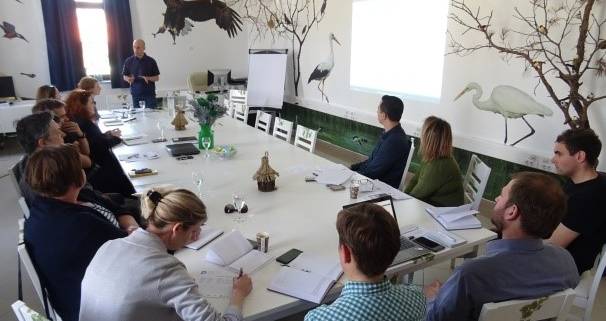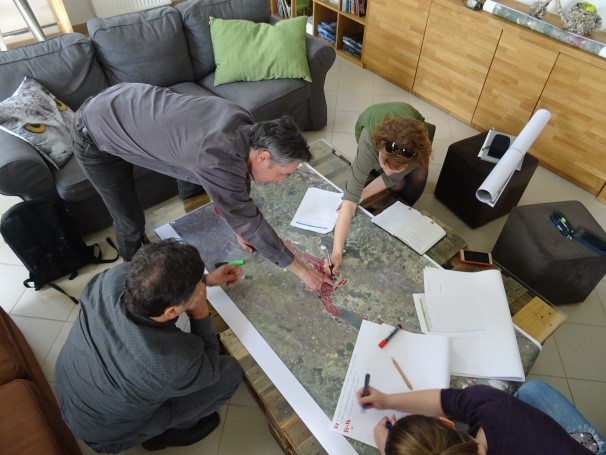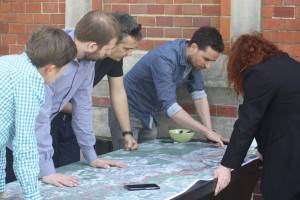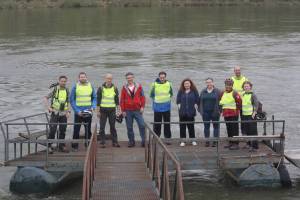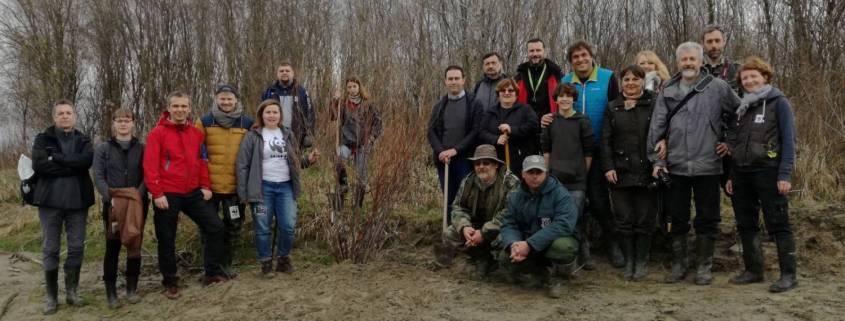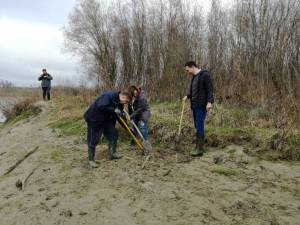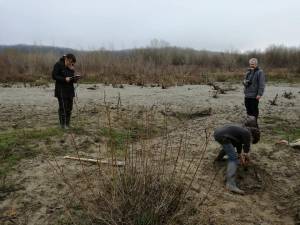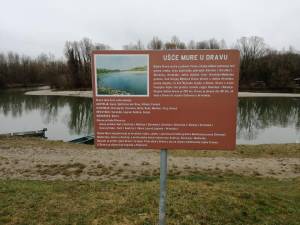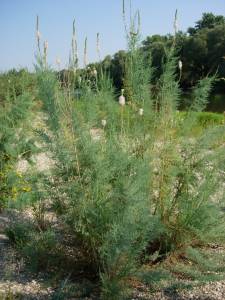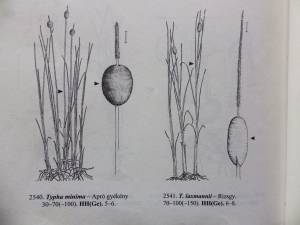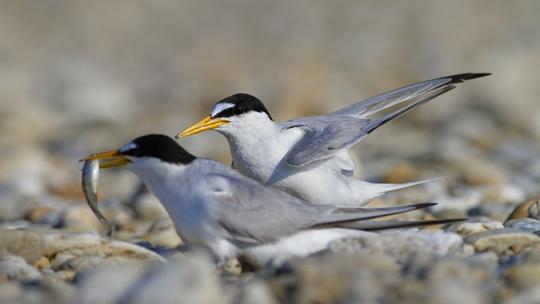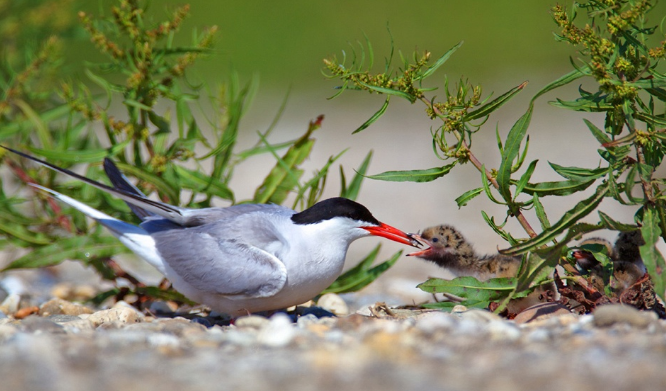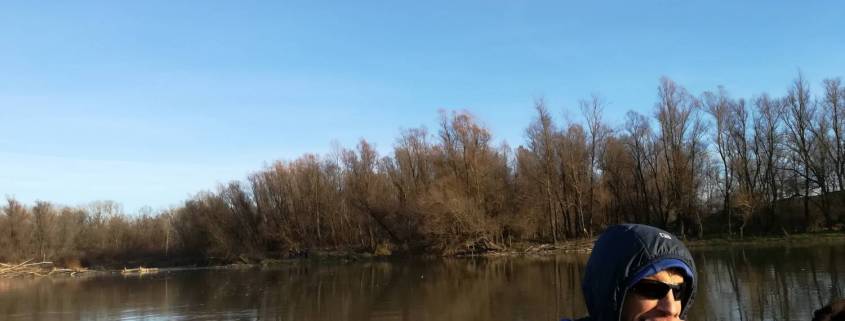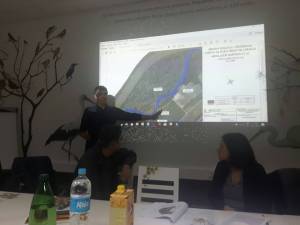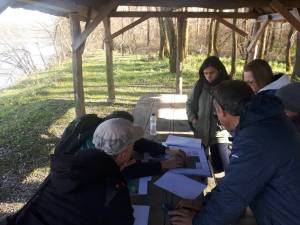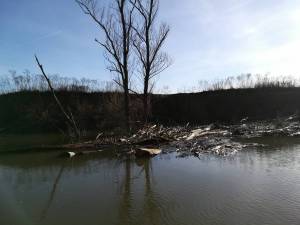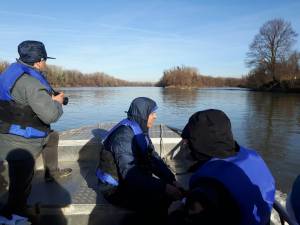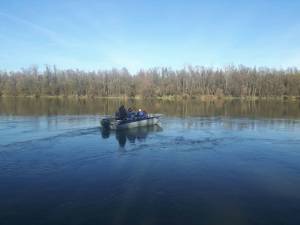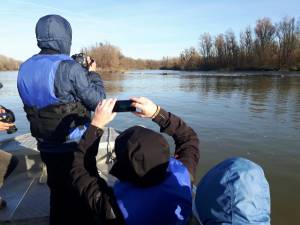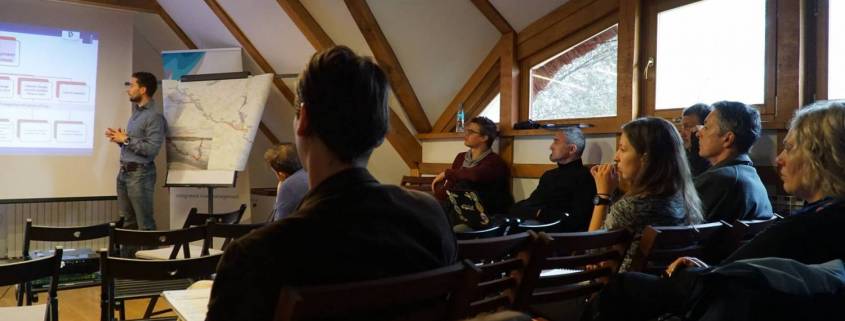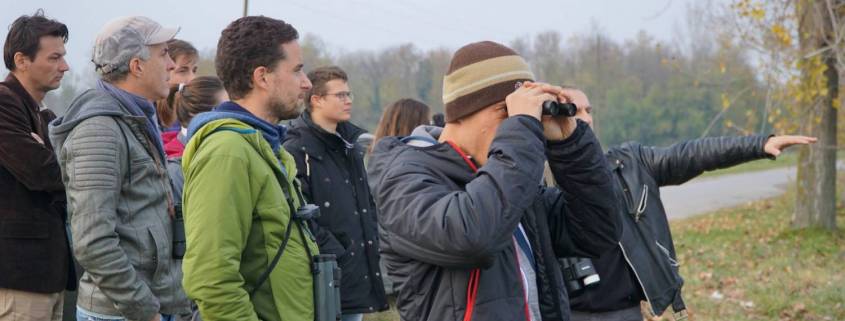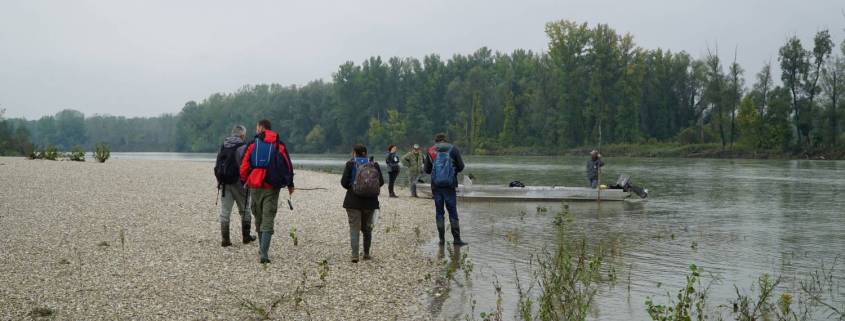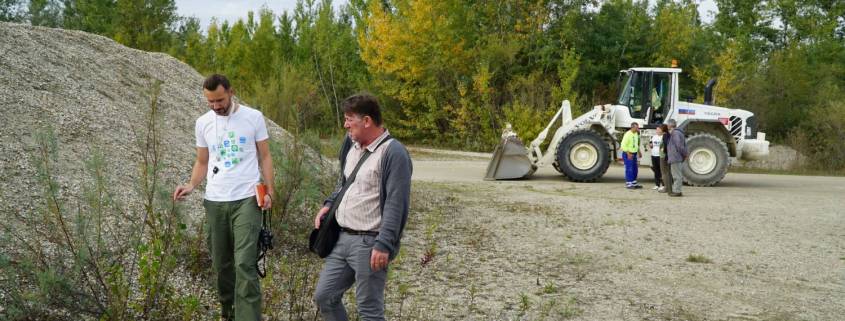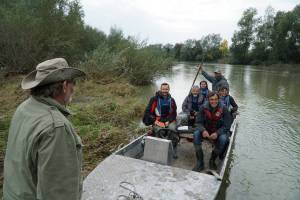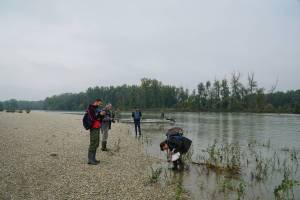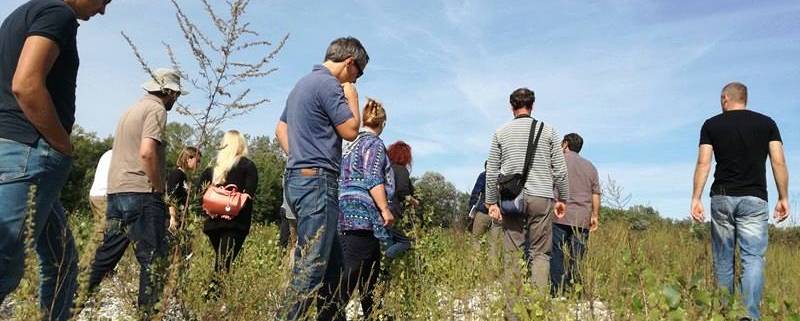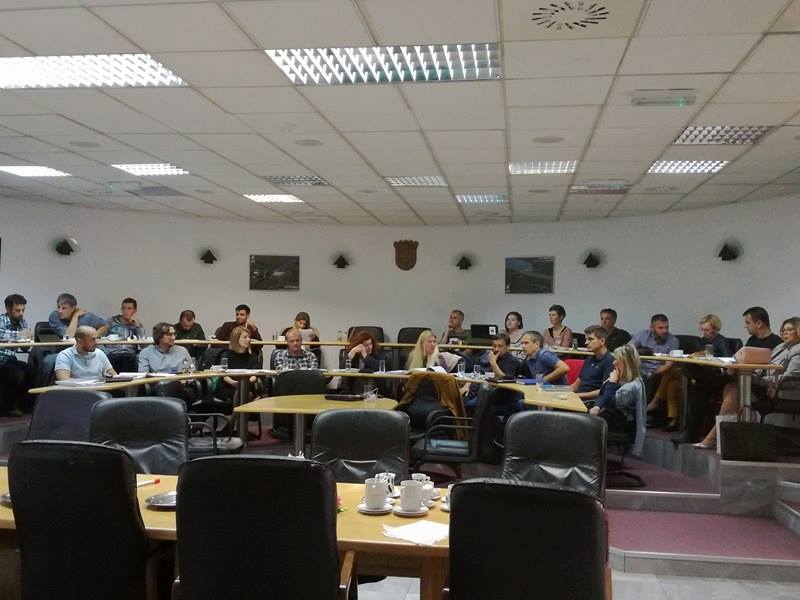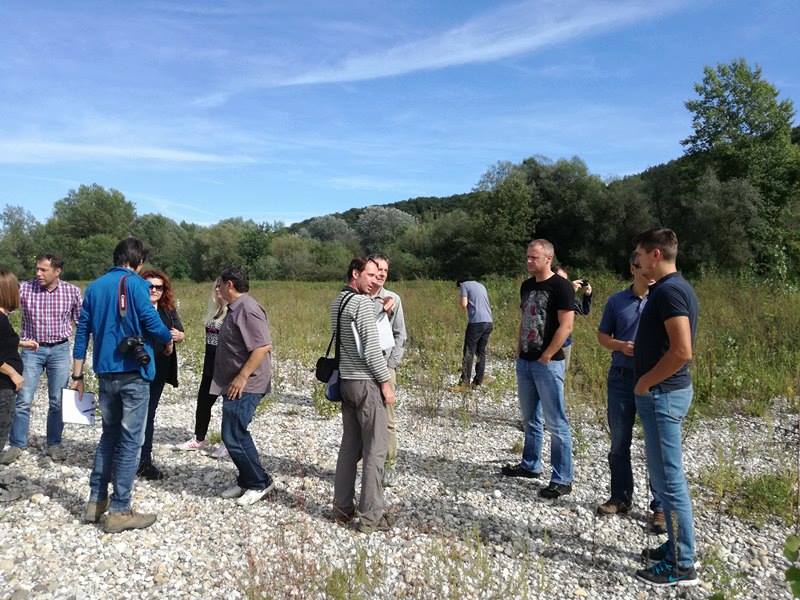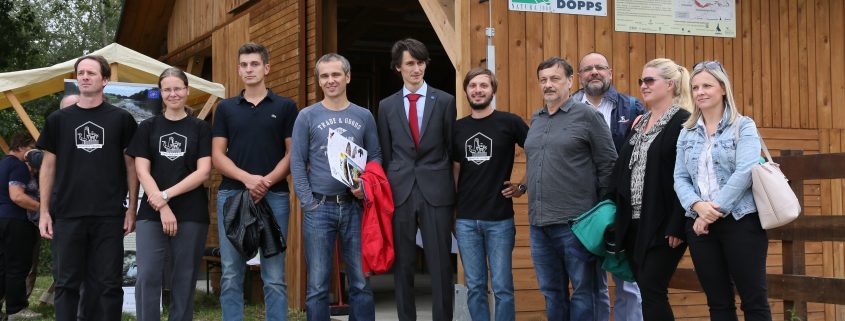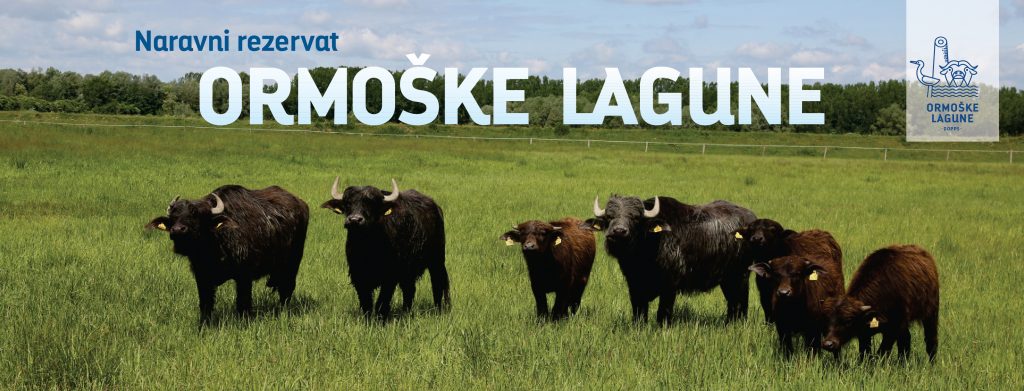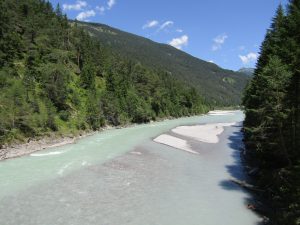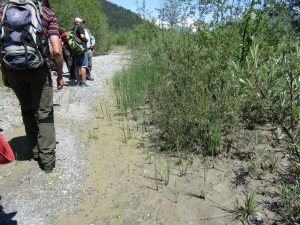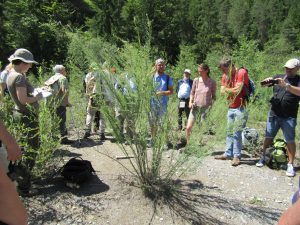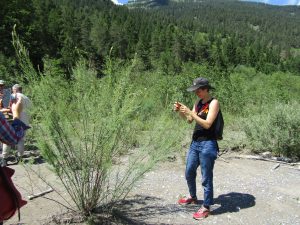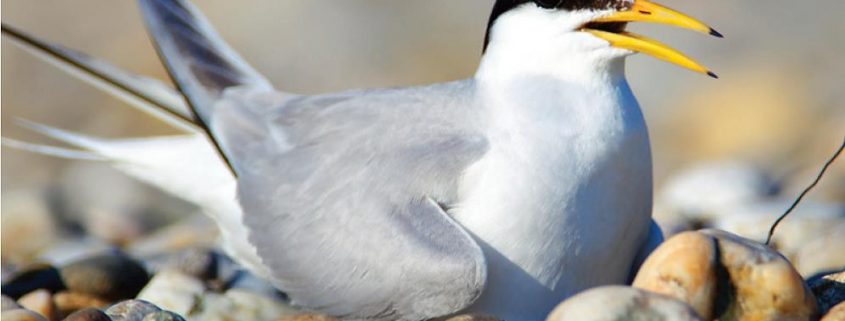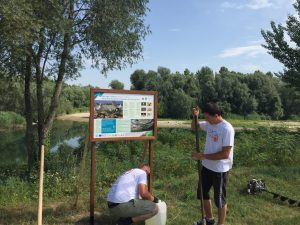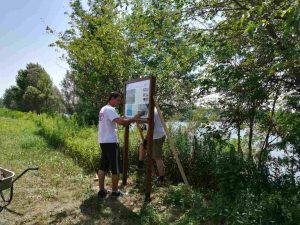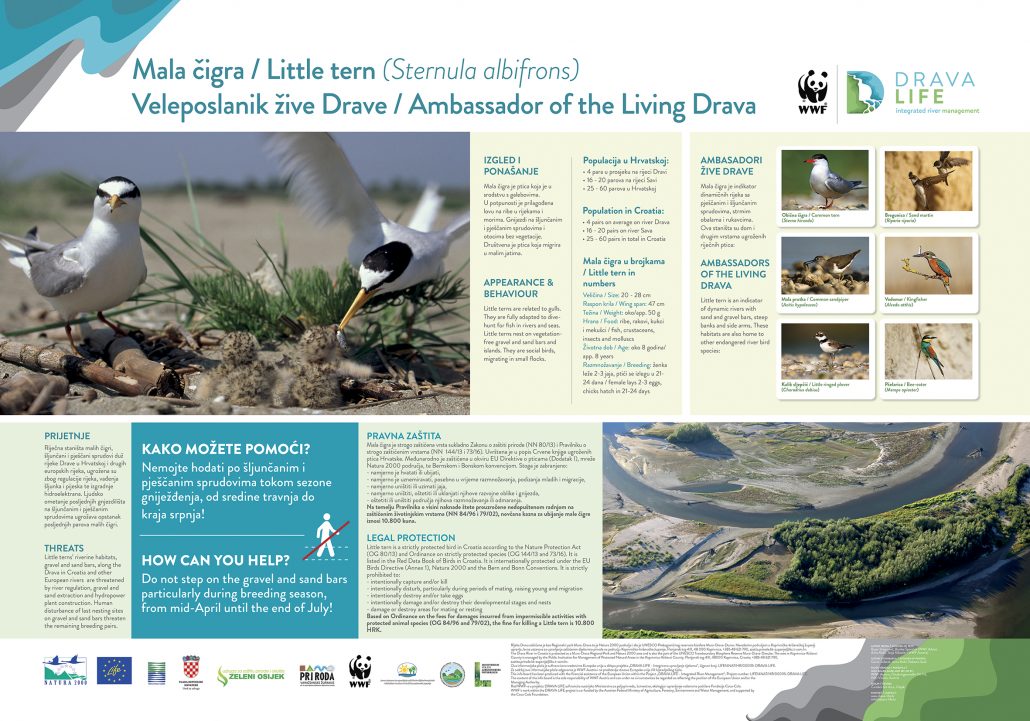DRAVA LIFE workshop for elaboration of visitor guidance plan
Within the Drava LIFE project WWF (World Wide Fund for Nature) organized a two-day workshop and field trip in Noskovačka Dubrava, Croatia.The workshop was second in a row of three planned to elaborate a Visitor Guidance Plan for the project area involving four Natura 2000 protected areas in Croatia, that will integrate into the five-country Mura-Drava-Danube Transboundary Biosphere Reserve. Experts from nature conservation and tourism sector, regional development agencies along the Drava, as well as NGO representatives and project partners of Drava LIFE have attended the workshop held at the Informative and education center The Drava story in Noskovačka Dubrava, Croatia. International experts of the Austrian integrative landscape planning office Revital moderated the workshop together with WWF project partners.
Working group debates on proposed maps/Grupa debatira o predloženim kartama
The participants (partners and experts) elaborated in separate small groups their view on zonation of the Drava sections in Croatia from Dubrava Križovljanska to the Danube confluence into visitor and nature zones. The zonation was based on outcomes of the first workshop on the same topic in November 2017, during which an inventory and mapping of existing ecological sensitivities and existing recreational and educational uses along the Drava was done. The maps of the first workshop had been digitized and prepared as working material for the current workshop.
On the second day the participants made a guided cycling tour. The tour started at the educational centre at Noskovačka Dubrava, led upstream of the Drava to the swimming area close to the village of Sopje and returned inland through the villages of Sopje and Noskovci. During the tour it was possible to see the existing bike route, recreational areas (including picnic areas, landing stages, huts, etc.) bike stations, etc. and to discuss possible actions, problems of illegal huts as well as planned projects along the route.
Results of this workshop will be further processed and serve for preparation and continuation of the Guidance Plan process later during the year in an upcoming international workshop aimed for finalization of the Plan.
Workshop and field trip in Noskovačka Dubrava, Croatia/Radionica i i terenski obilazak rijeke Drave u Noskovačkoj Dubravi
Workshop and field trip in Noskovačka Dubrava, Croatia/Radionica i i terenski obilazak rijeke Drave u Noskovačkoj Dubravi

